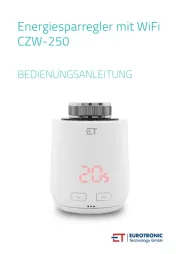EMOS P5603N Bedienungsanleitung
EMOS
Thermostat
P5603N
Lies die bedienungsanleitung für EMOS P5603N (36 Seiten) kostenlos online; sie gehört zur Kategorie Thermostat. Dieses Handbuch wurde von 13 Personen als hilfreich bewertet und erhielt im Schnitt 4.9 Sterne aus 7 Bewertungen. Hast du eine Frage zu EMOS P5603N oder möchtest du andere Nutzer dieses Produkts befragen? Stelle eine Frage
Seite 1/36

T3
GB
THERMOSTAT
CZ
TERMOSTAT
SK TERMOSTAT
PL TERMOSTAT
HU
TERMOSZTÁT
SI
TERMOSTAT
RS HR| |BA
TERMOSTAT
DE THERMOSTAT
UA
ТЕРМОСТАТ
RO
TERMOSTAT
LT TERMOSTATAS
LV TERMOSTATS
2101101010_31-P5603N 105 × 148 mm

2
GB T3 THERMOSTAT
The T3 thermostat is designed to monitor and control heating systems. It is equipped with a timed
room temperature reduction (SET-BACK) function with repetition every 24 hours. It is a simple system
of temperature control in a designated area. The thermostat is designed for indoor use. It is typically
located in places such as oces, schools, shops, houses, etc.
Specications
Range of temperature control: 5 °C to 30 °C
Maximum switching load: 7 A resistive, 3 A inductive
Power supply: 230 V AC 50/60 Hz
Set-back timing: 6 h/day repeated
Control switches: MCV controlled by on/o relay
System indication: Green LED indicates that the Set-back function is active. When the Set-back temper-
ature is to drop by 5 °C, the LED is orange.
Operating temperature: 0 °C to 40 °C
Storage temperature: -20 °C to 60 °C
Dimensions: 97 × 67 × 28 mm
ON indicator
L (live) N (neutral)
Install while power supply is OFF

3
Installation
1. Make sure to read the instruction manual carefully before the rst use of the thermostat, as well as the
boiler and air conditioning equipment. Turn o power supply before installing the thermostat!
Installation should be carried out by qualied personnel! During installation, observe the appropriate
standards.
2. Choose a suitable location for the thermostat where air circulates freely, with no devices producing
heat in the vicinity, such as a TV set. The thermostat should not be exposed to direct sunshine. We
recommend mounting the thermostat more than 1.5 m above the oor. Note: Never mount the
thermostat on a conductive surface.
3. Open the cover of the thermostat - loosen the screw at the bottom of the unit and remove the top
cover, as shown in Figure A.
4. There are two mounting holes on the back side. Place the unit on the wall and mark locations of the
holes on the wall. Drill 6mm holes into the wall, insert dowels into holes and using screws mount the
thermostat on the wall. No dowels are necessary if the thermostat is mounted on a wooden surface.
In that case, drill 2.6 mm holes.
5. Connection to electrical power: Thermostat is designed for switching max. 230 V/7 A. Never exceed
this limit, otherwise the thermostat will be damaged (burned). Thermostat has three power terminals:
NIN, LIN and LOUT. Use Figure B to connect lines between the thermostat and the switched heat
generating device (HEAT icon).
IMPORTANT: Ensure power supply is OFF when installing the thermostat.
6. Turn the knob of the switch so that the marking on the dial is aligned with markings on the wheel,
replace the front cover and gently screw up (Figure C).
7. Turn ON power supply. If the switching indicator (blue LED) blinks twice, the installation was ne.
Within several seconds, the thermostat automatically switches to the heating control mode with
the LED ON.
Note: If the switching indicator (blue LED) does not blink, turn OFF power supply, check the wiring and turn
the unit ON again.
Operation
1. Turning ON the thermostat temperature control: Set the switch to “HEAT”. Thermostat will control
the room temperature.
2. Room temperature is controlled by adjusting the knob to the desired temperature which is on the
dial.
3. Once the thermostat switches the heating system ON, the indicator light goes ON. Thermostat has
built-in protection against rapid cycle change - time delay switch - thermostat does not react to
changing temperature settings immediately.
4. Turning OFF the thermostat temperature control: Set the switch to “OFF”. Now the room temperature
control will be disabled (control of the heating system will be permanently o).
Automatic temperature reduction “SET-BACK”
The function provides temperature reduction of 5 °C for a xed time interval. For example, if the
temperature of the dial is set to 22 °C, it will be reduced to 17 °C during the SET BACK mode activation.
The time period of the set-back function is 6 hours. For example, if the SET-BACK changes the tempera-
ture at 23 h, then the originally set value is resumed at 5 hours. The cycle of the SET-BACK temperature
change will be repeated until the function is switched o.
Activating the SET-BACK mode
1. Press the button, the SET-BACK function is turned on and the function LED will be orange.
2. Six hours later, the temperature automatically returns to the originally set temperature. The SET-BACK
function LED is green.
3. The following day at the same time, the SET-BACK function will again automatically turn the tem-
perature to the reduced value.
4. To disable the SET-BACK function, press the button again. The function LED goes out.
Produktspezifikationen
| Marke: | EMOS |
| Kategorie: | Thermostat |
| Modell: | P5603N |
| Breite: | 28 mm |
| Tiefe: | 97 mm |
| Höhe: | 67 mm |
| AC Eingangsfrequenz: | 50 Hz |
| Fernbedienung enthalten: | Ja |
| Display: | Nein |
| Intelligentes Thermostat: | Nein |
| Speicherfunktion: | Nein |
| Maximale Schaltspannung: | 230 V |
| Temperaturbereich (T-T): | 5 - 30 °C |
Brauchst du Hilfe?
Wenn Sie Hilfe mit EMOS P5603N benötigen, stellen Sie unten eine Frage und andere Benutzer werden Ihnen antworten
Bedienungsanleitung Thermostat EMOS

28 August 2024

28 August 2024

25 August 2024

24 August 2024

10 August 2024

7 August 2024

6 August 2024

5 August 2024

1 August 2024

31 Juli 2024
Bedienungsanleitung Thermostat
- De Dietrich
- Heimeier
- Wattio
- IMIT
- Schneider
- Elro
- Orbis
- Itho Daalderop
- UPM
- ATAG
- Ariston Thermo
- EQ-3
- Eurotronic
- Nexa
- Chacon
Neueste Bedienungsanleitung für -Kategorien-
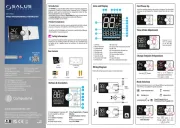
31 Juli 2025
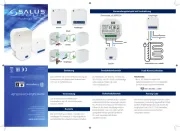
31 Juli 2025

31 Juli 2025
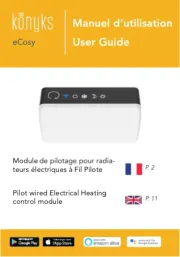
30 Juli 2025
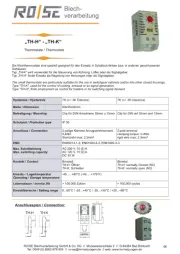
28 Juli 2025
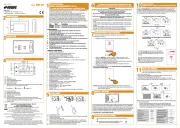
27 Juli 2025
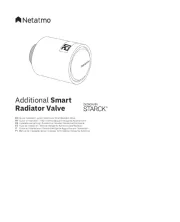
27 Juli 2025
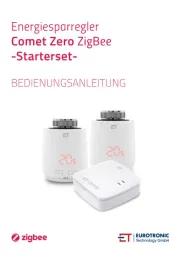
26 Juli 2025
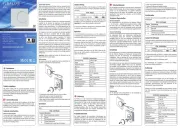
25 Juli 2025
